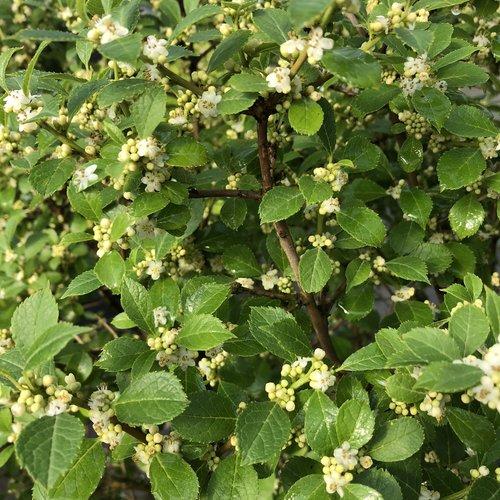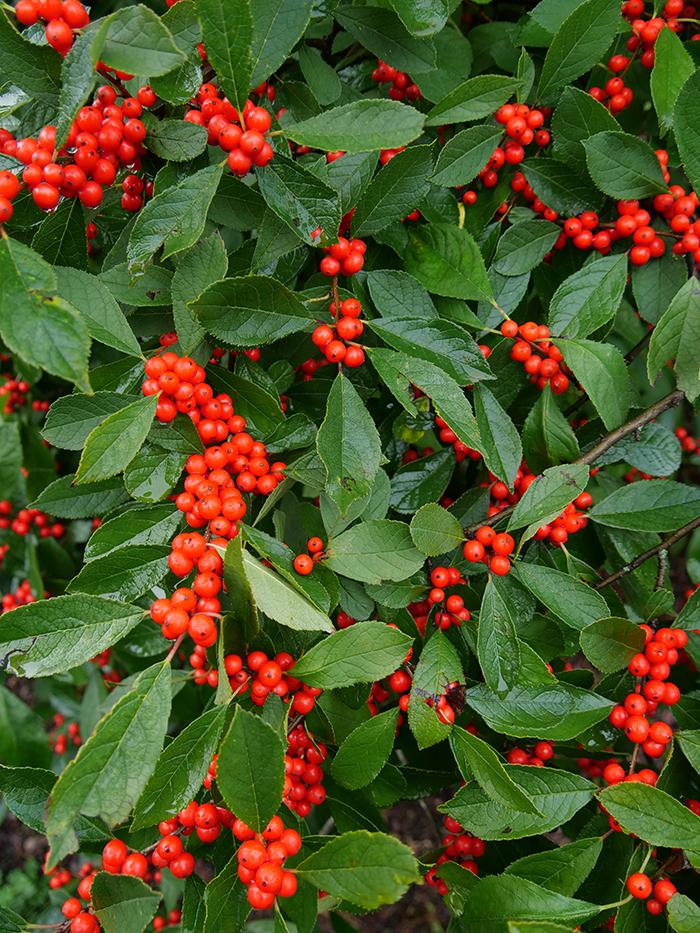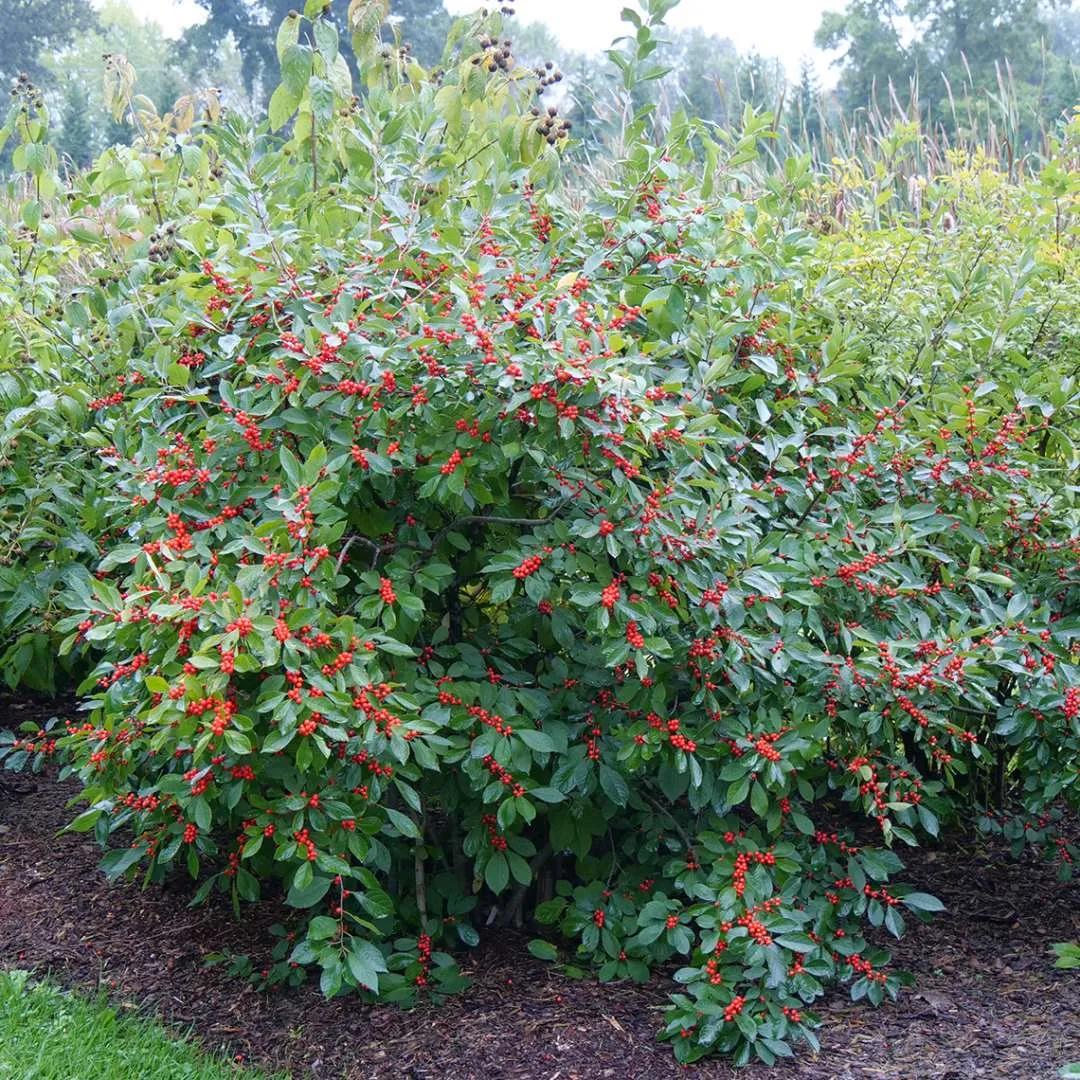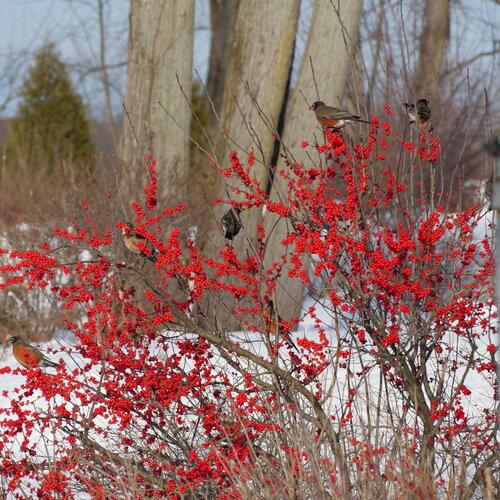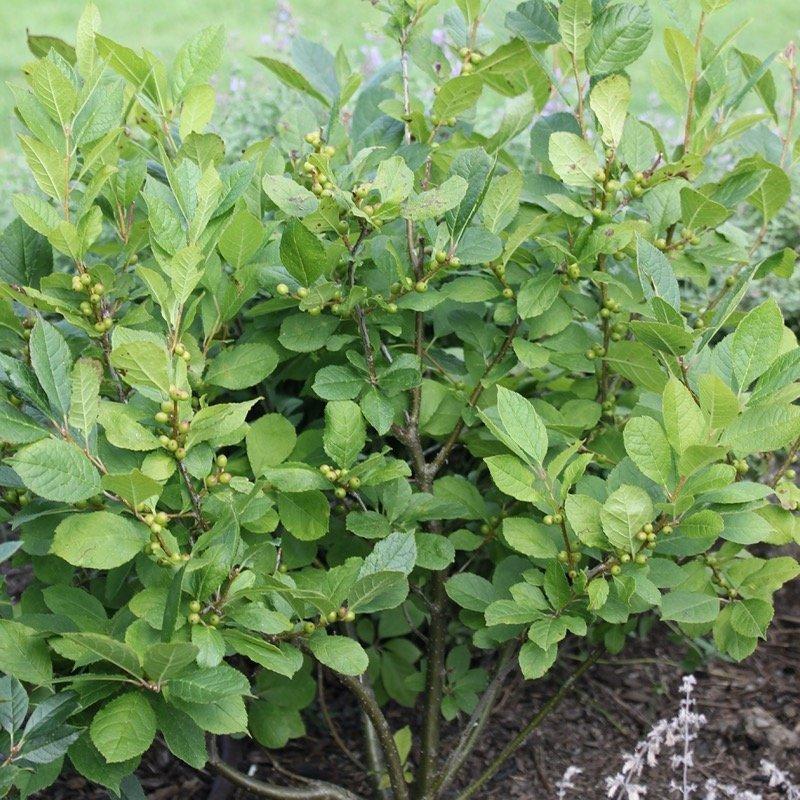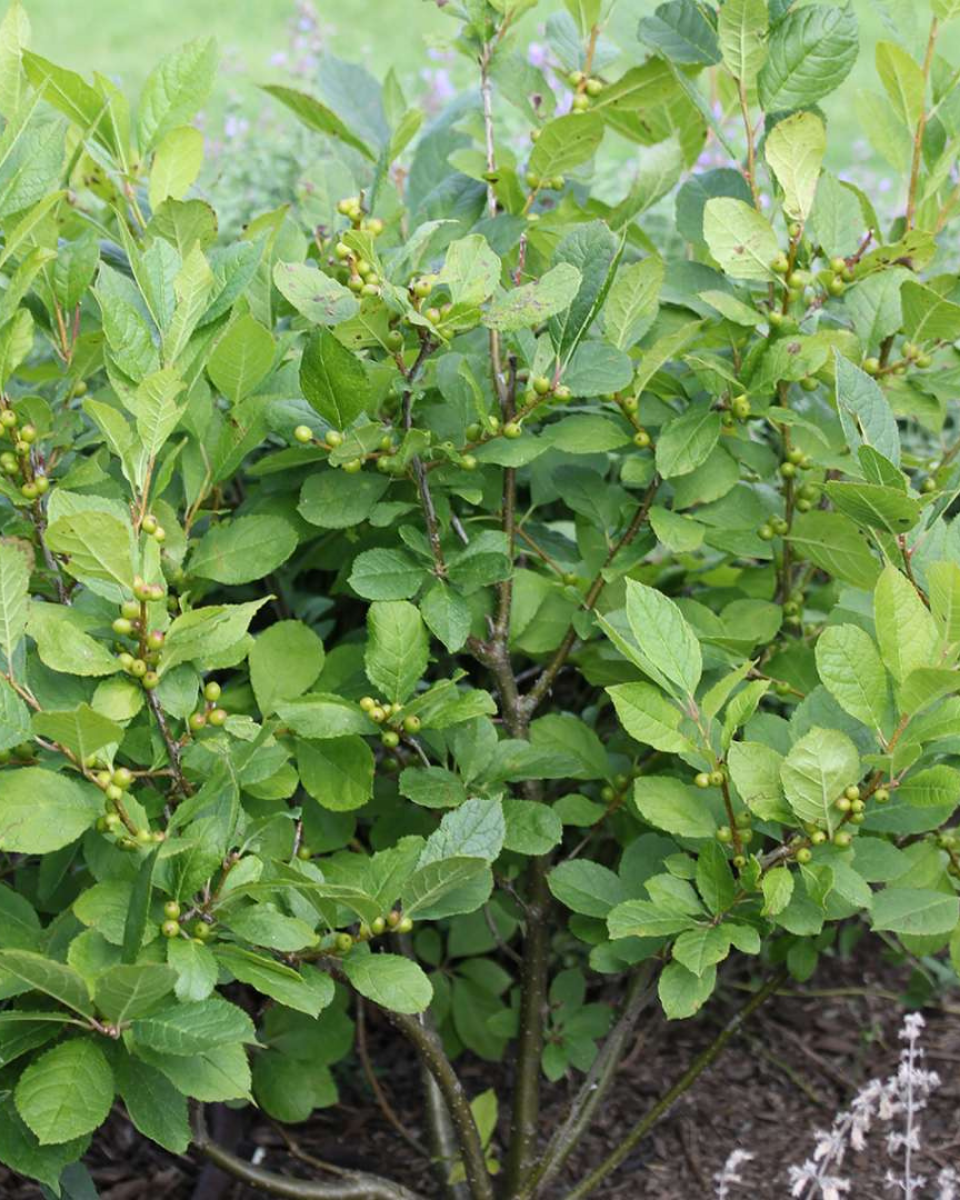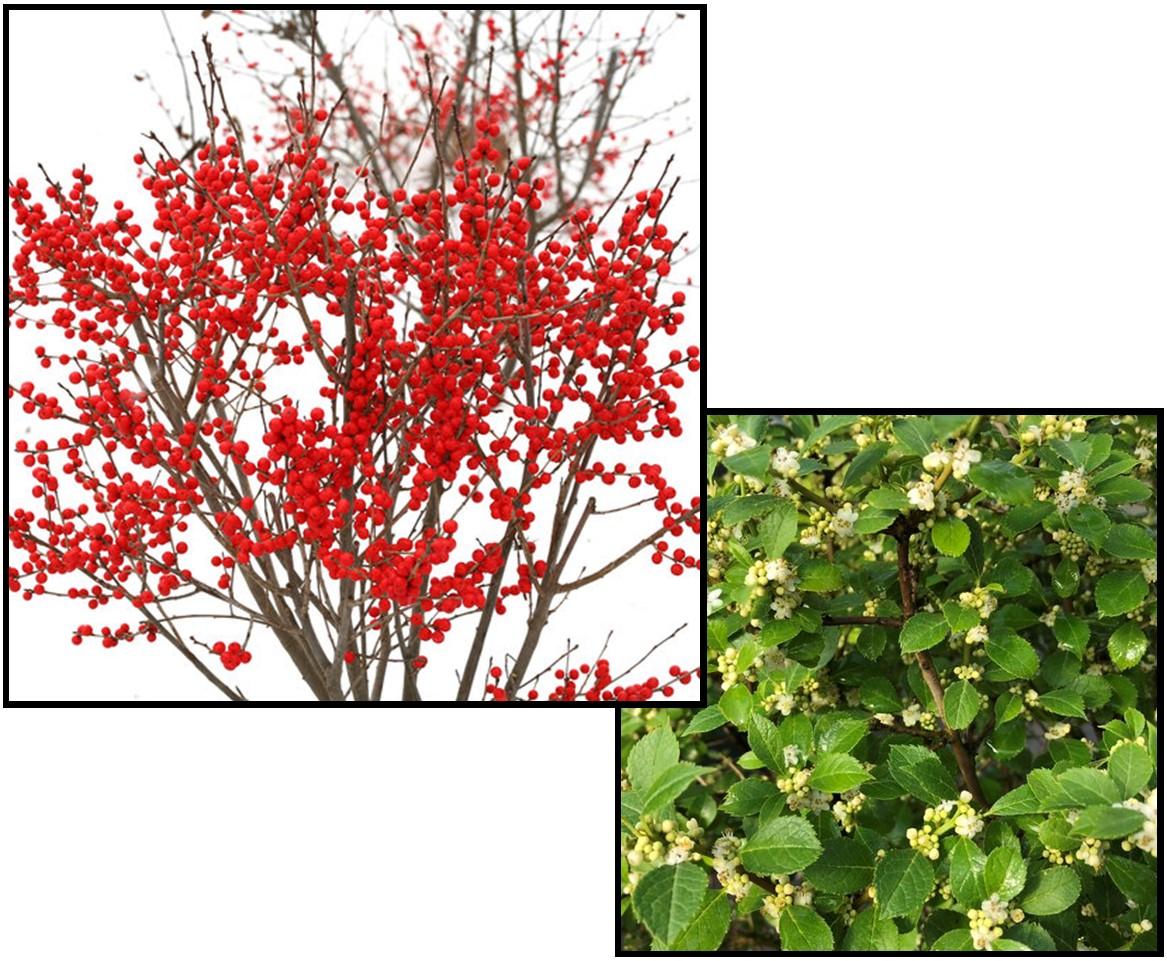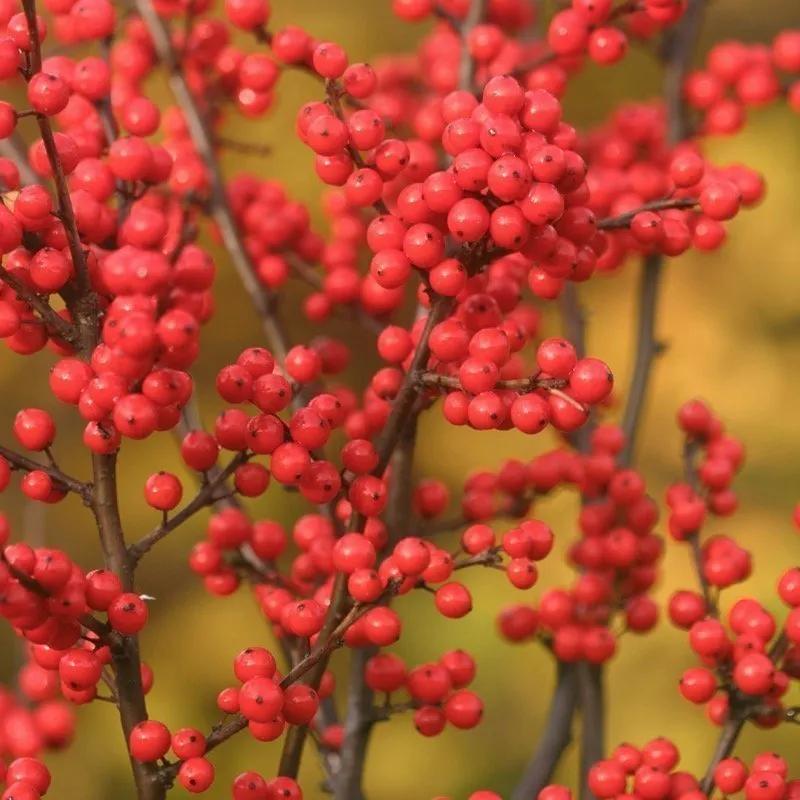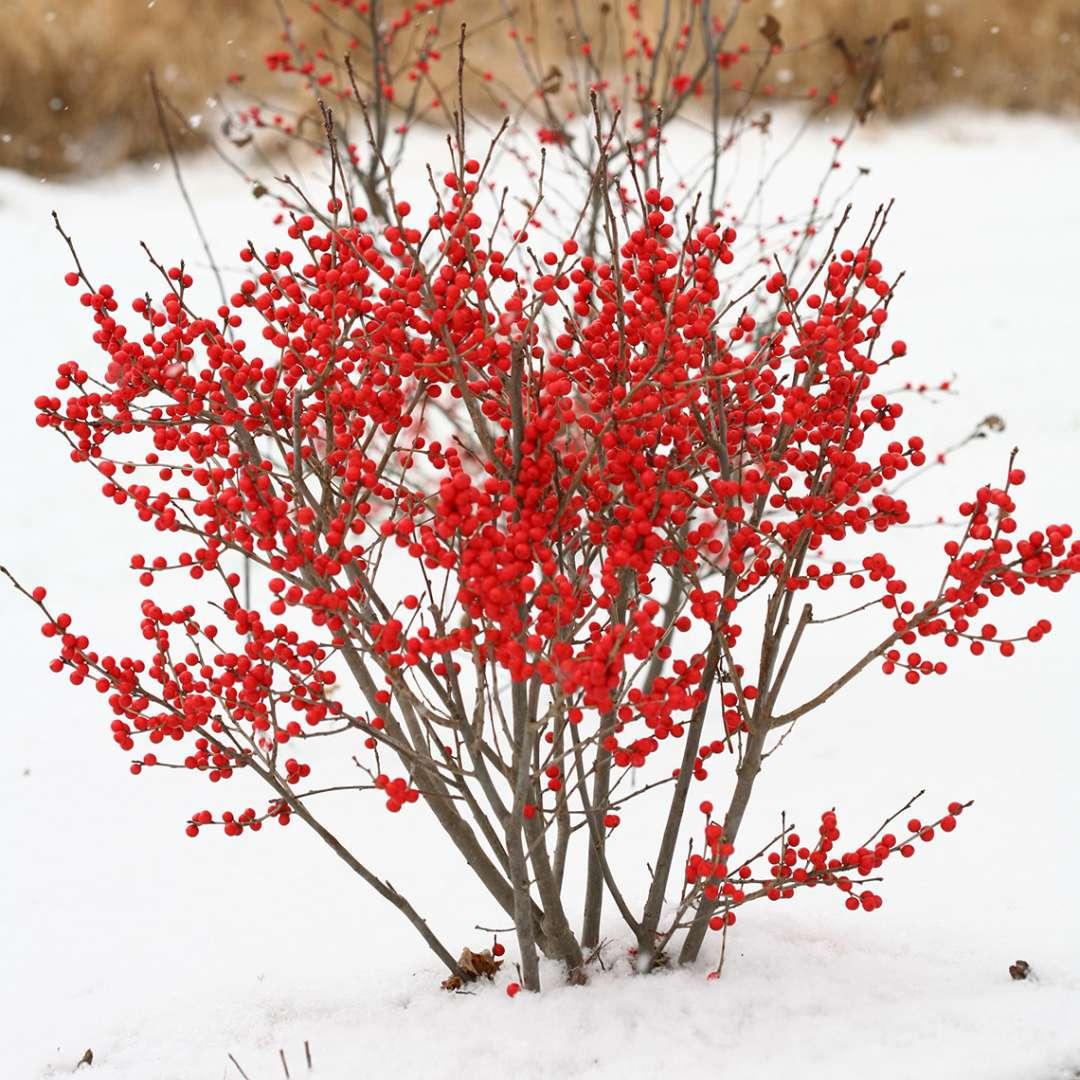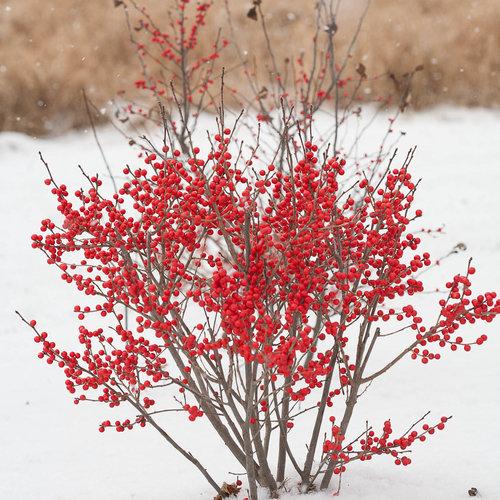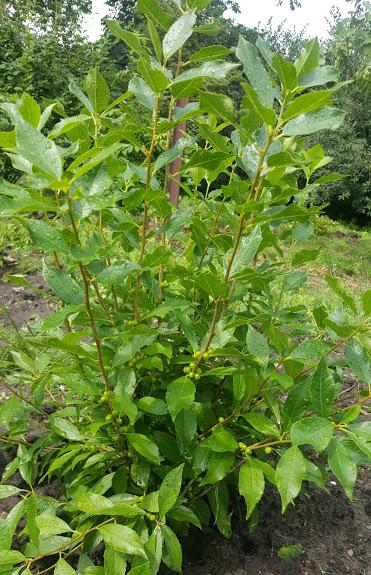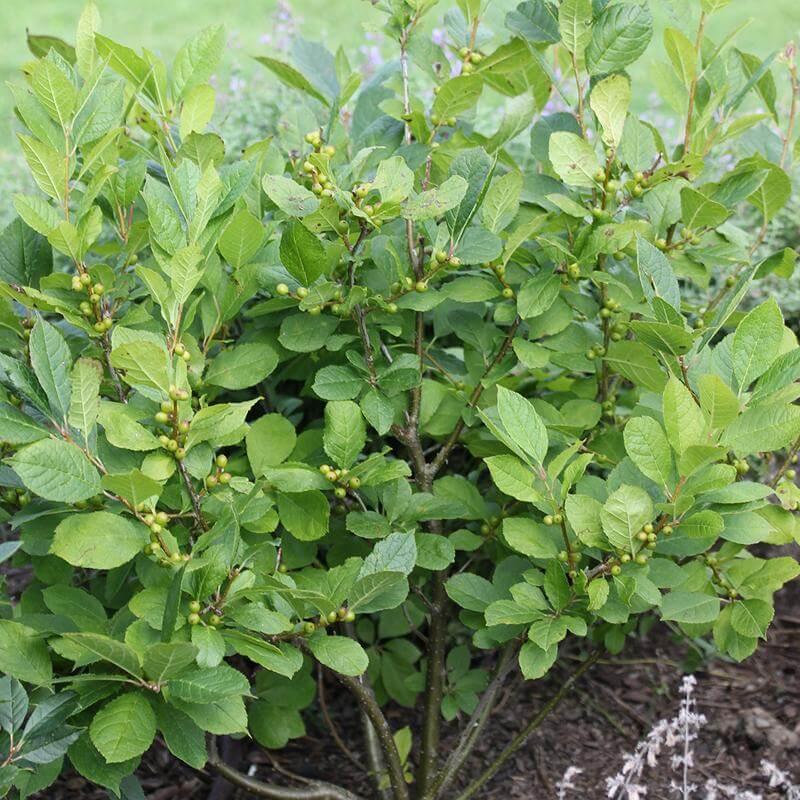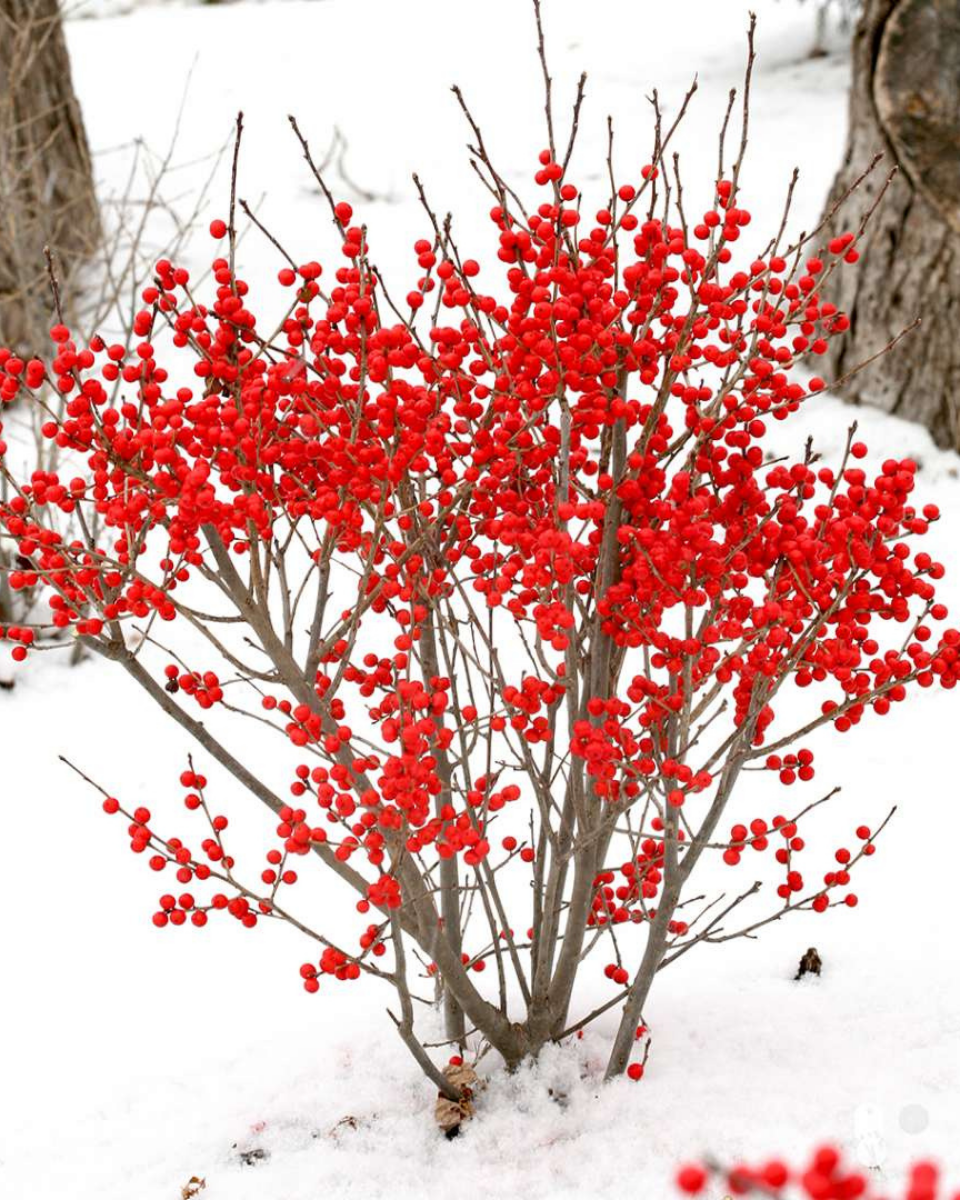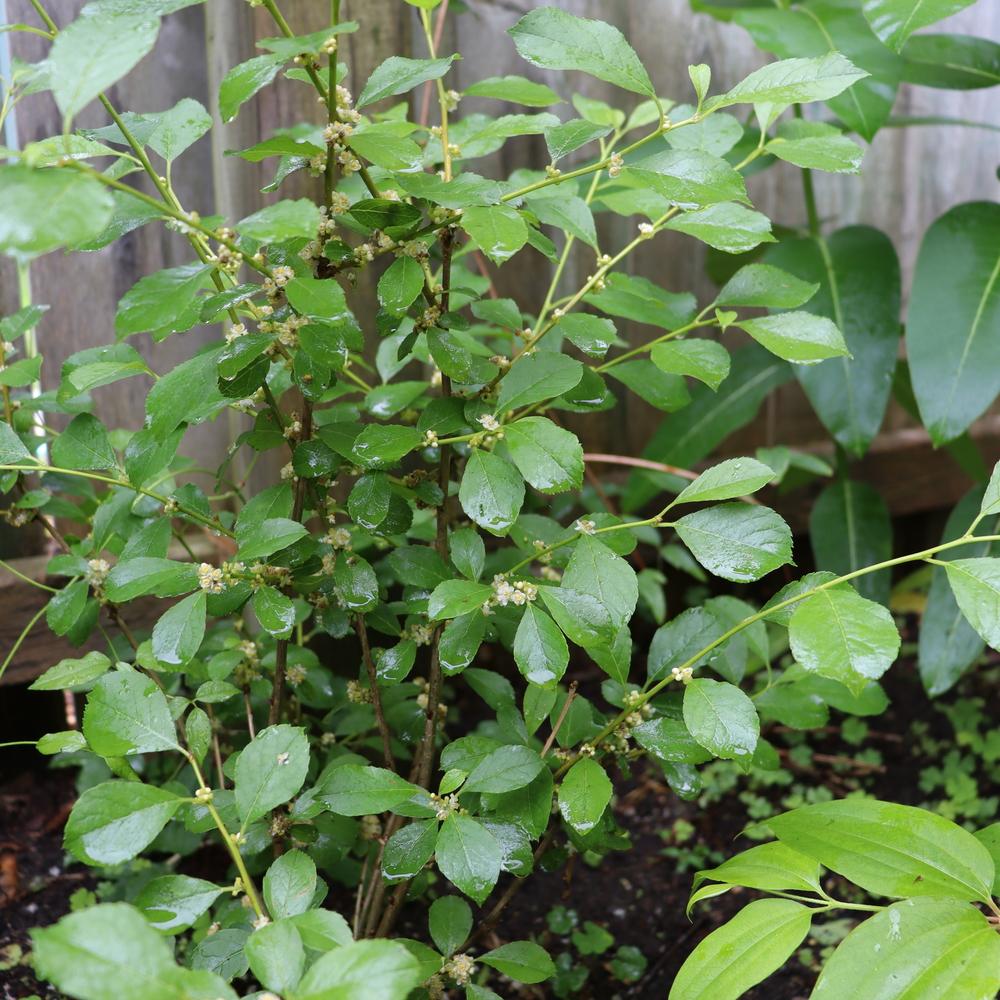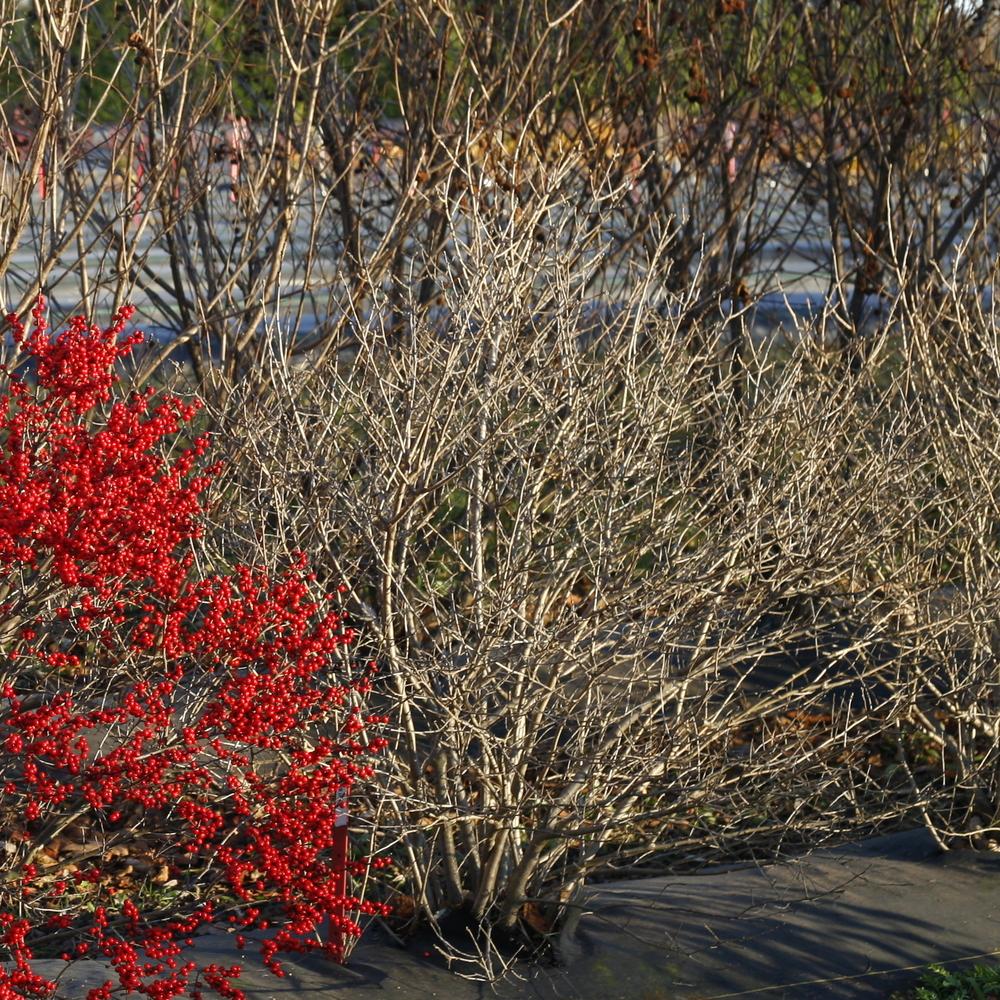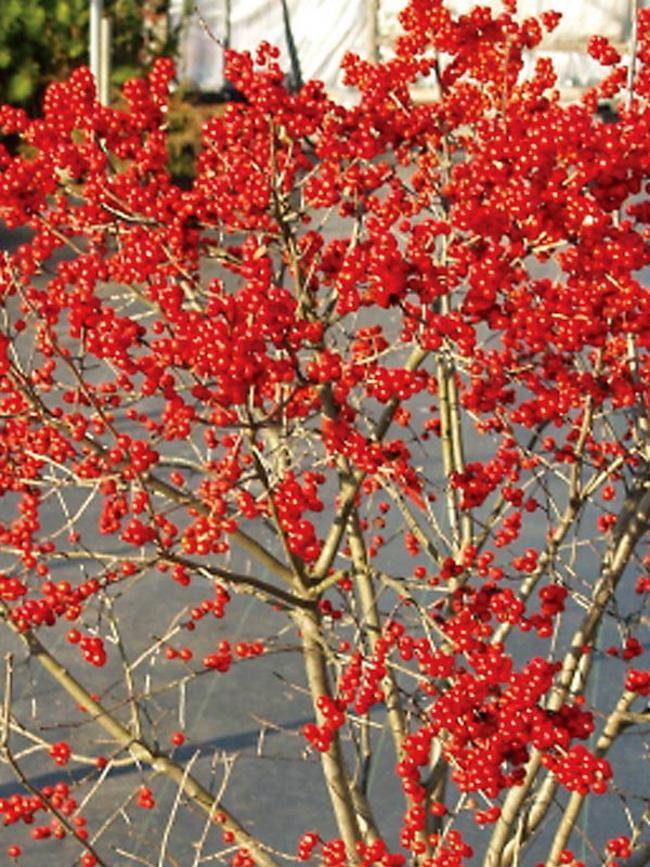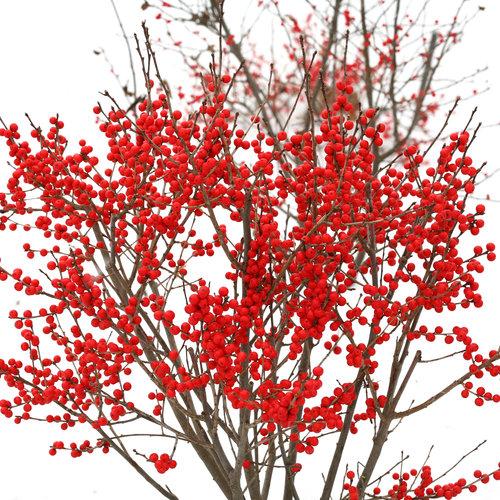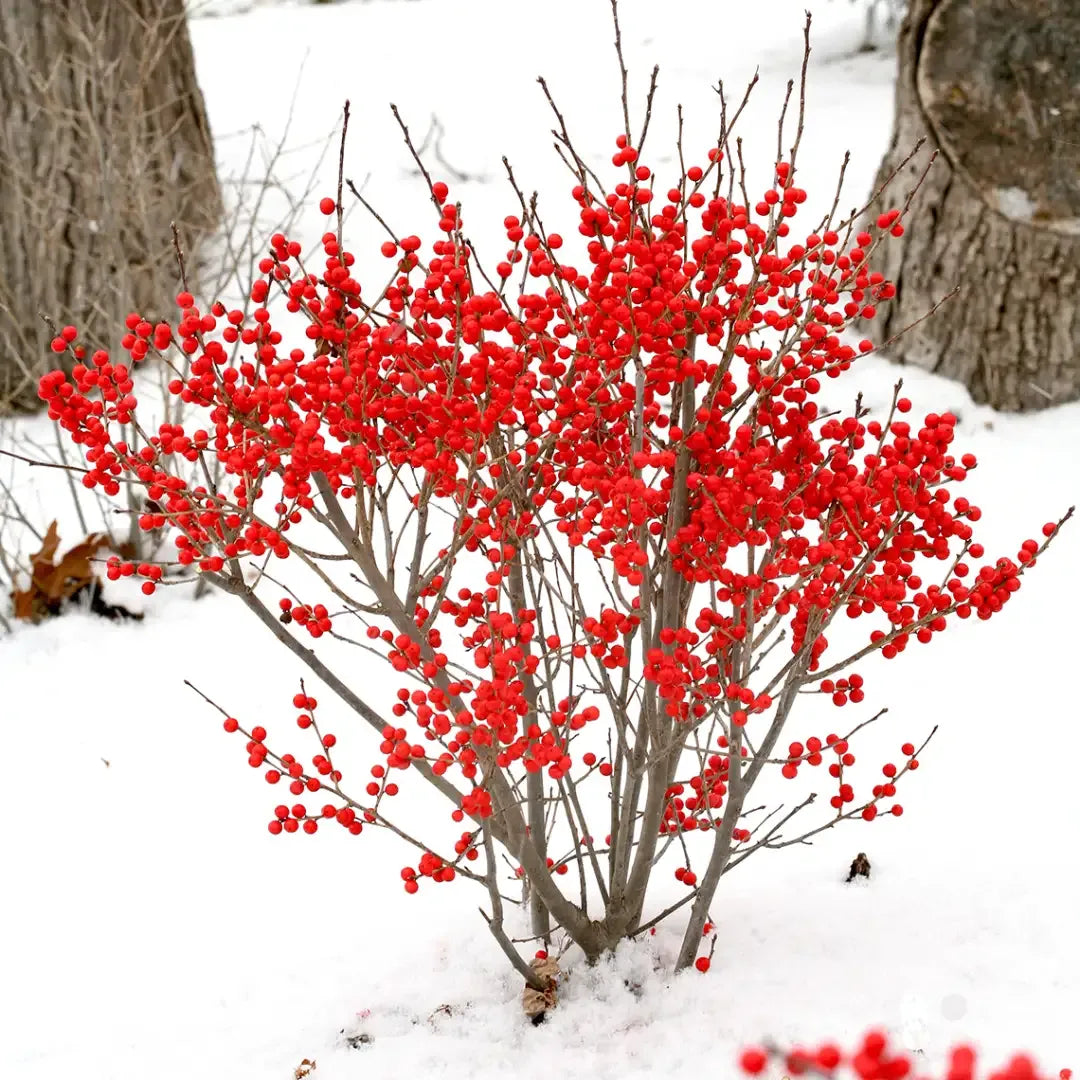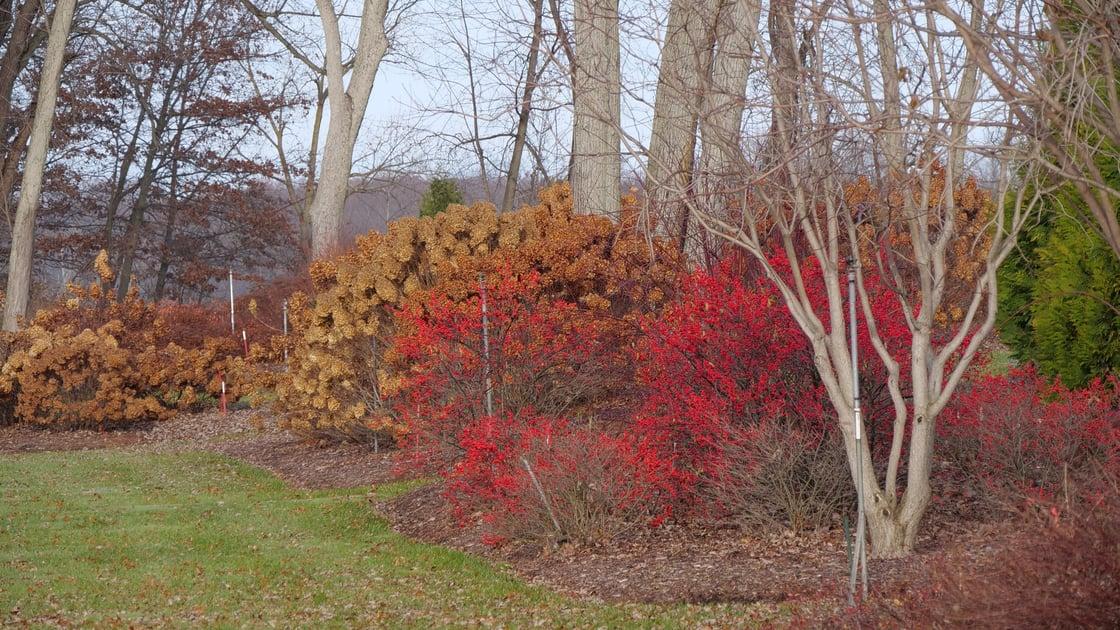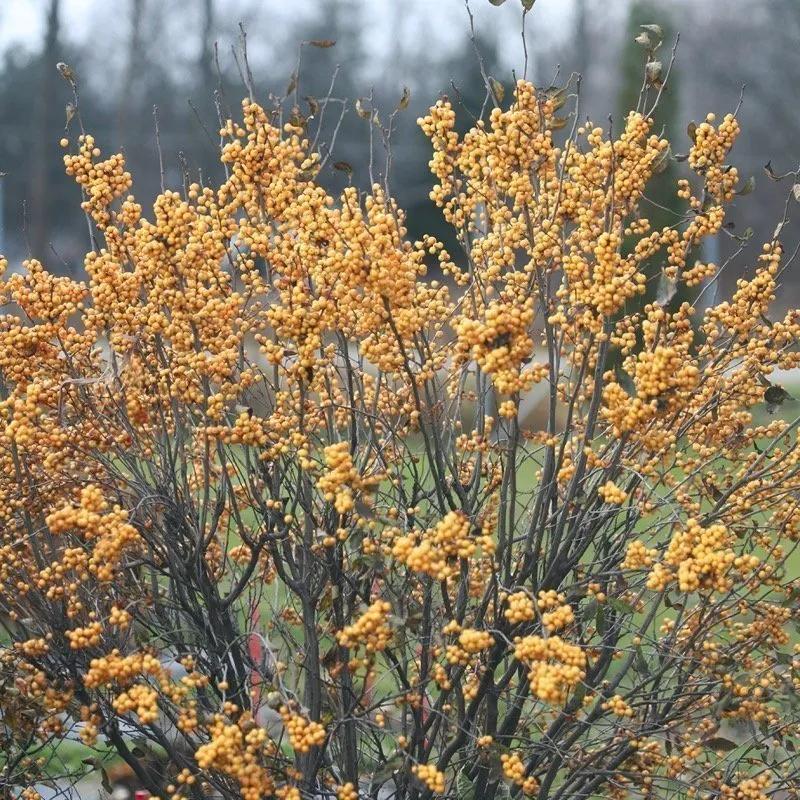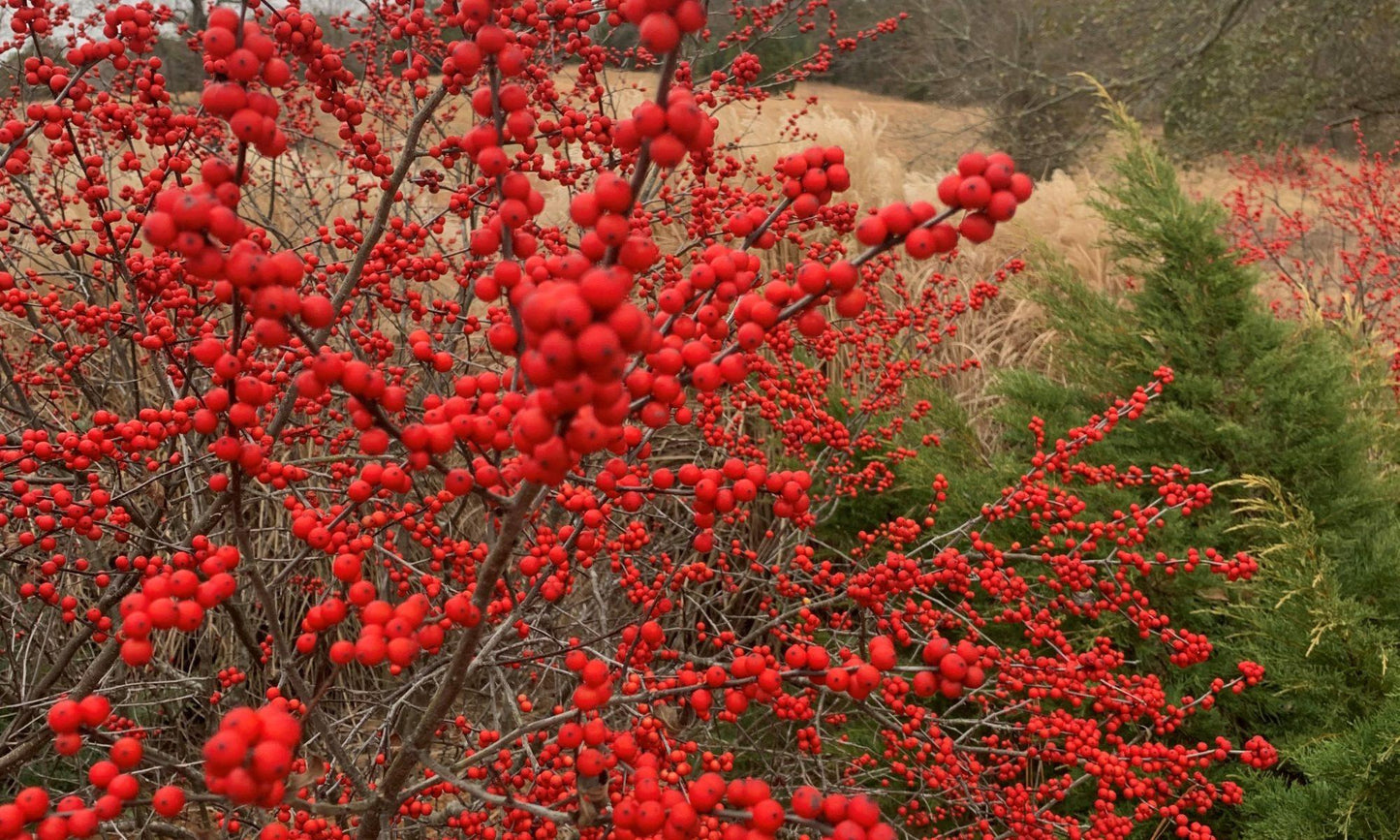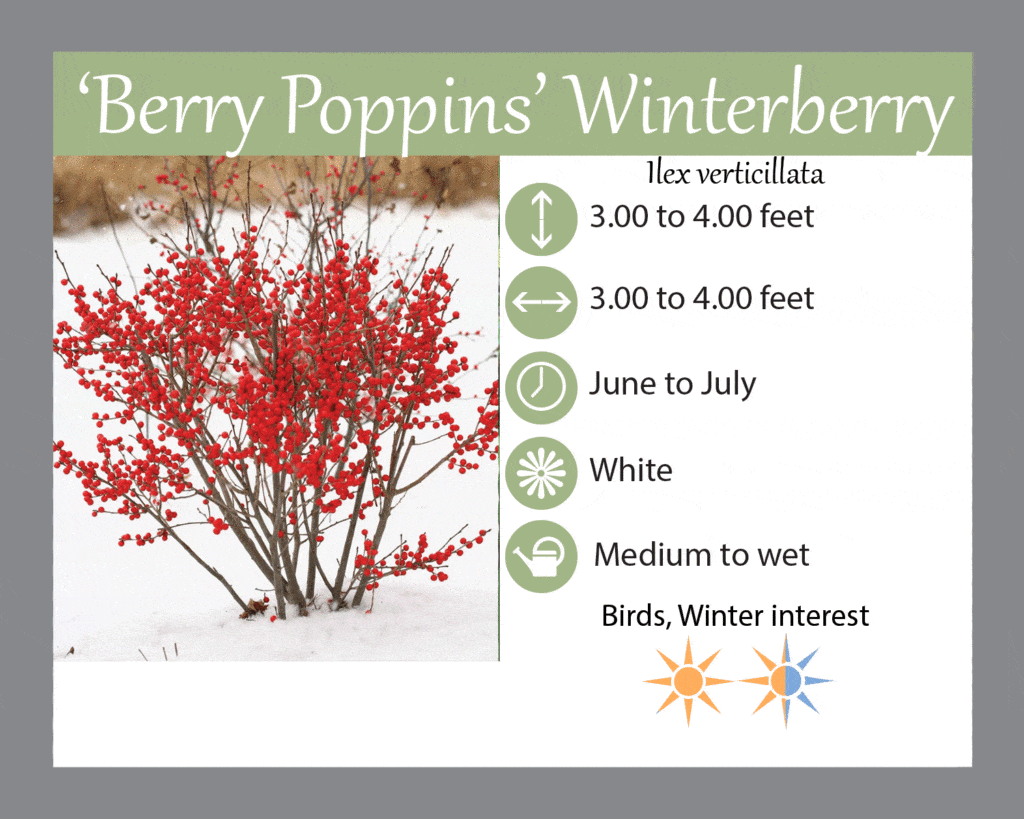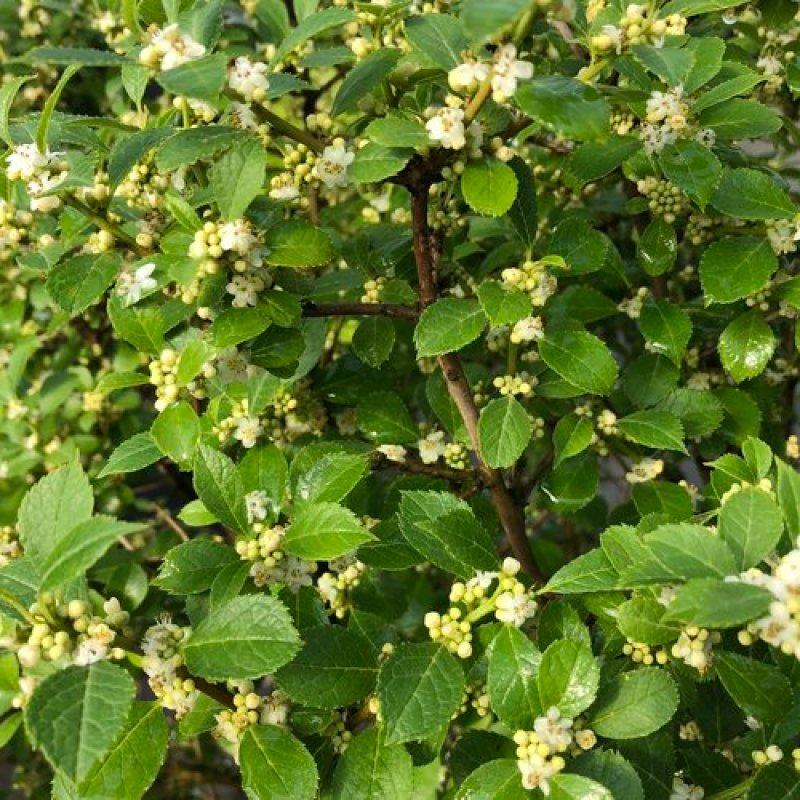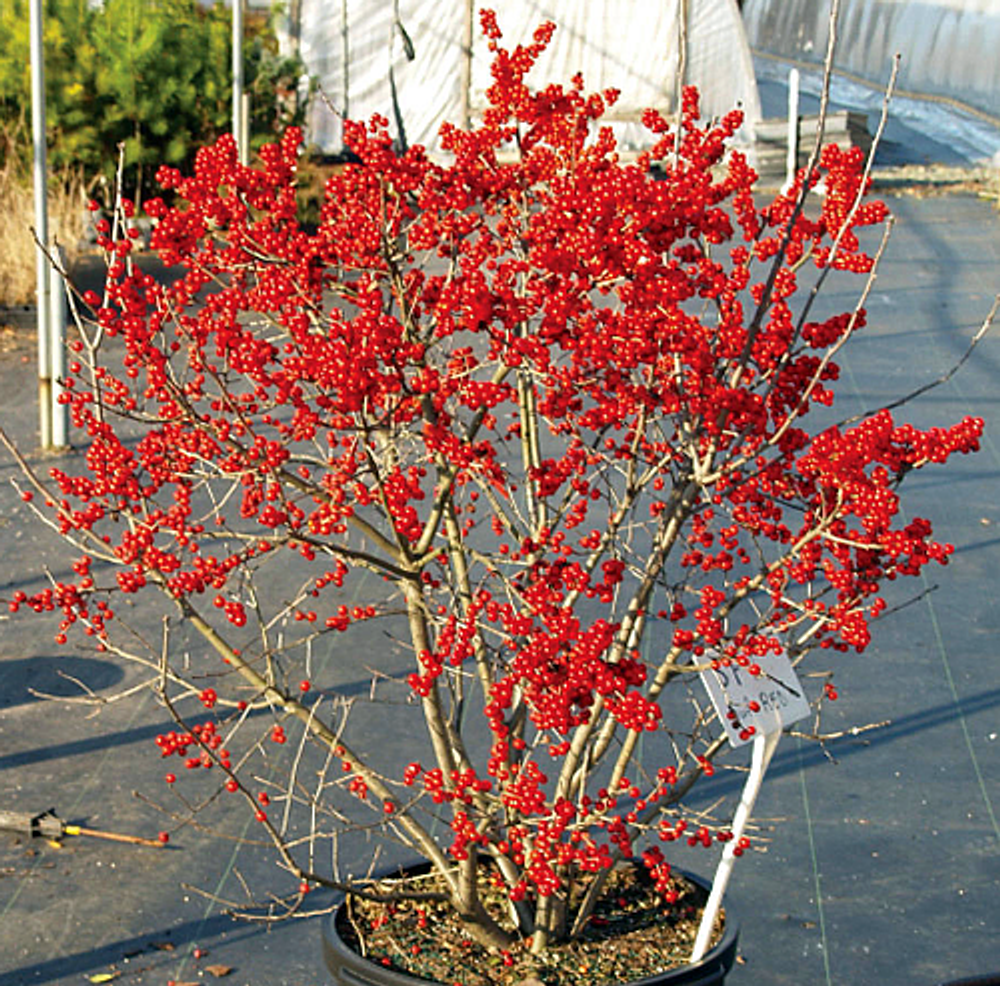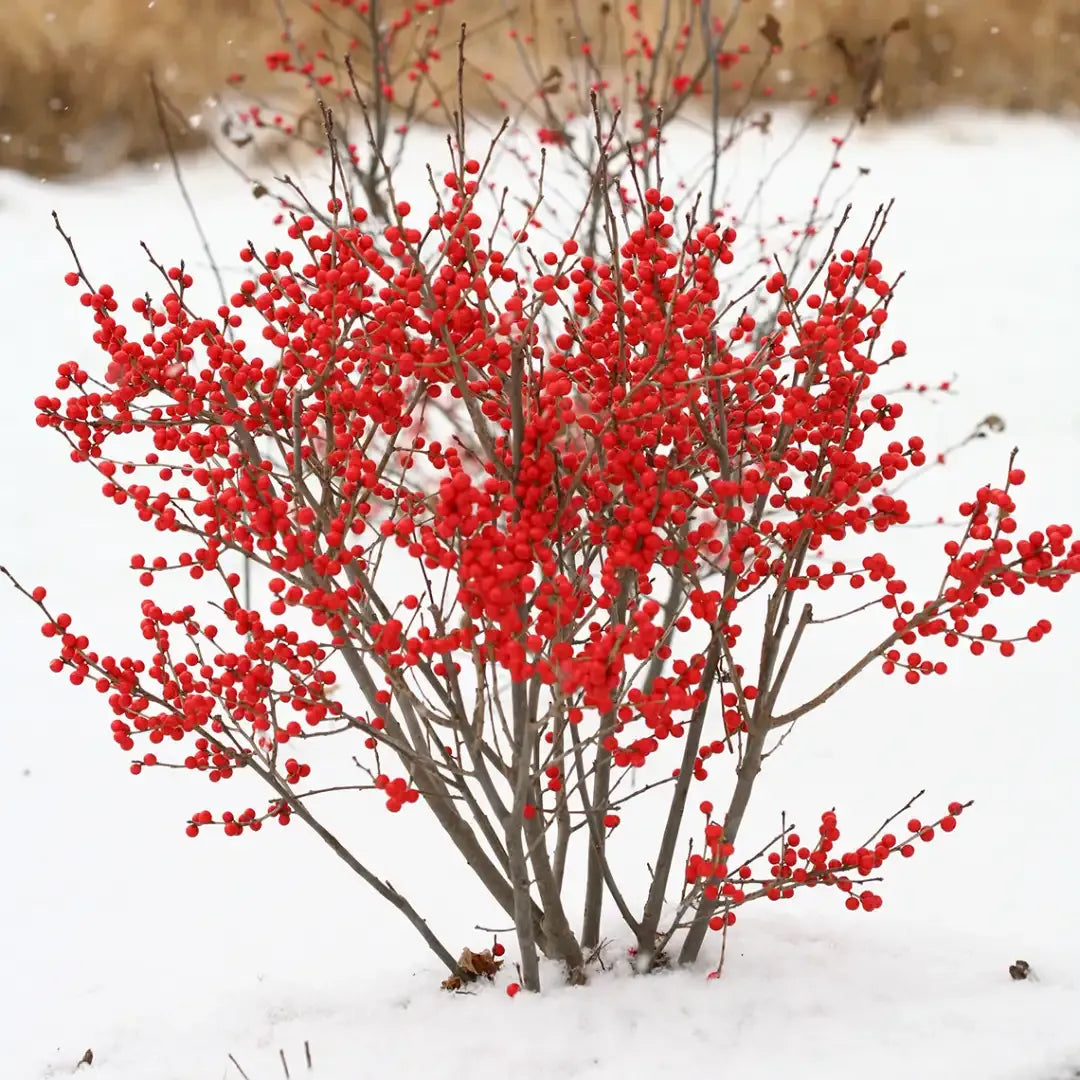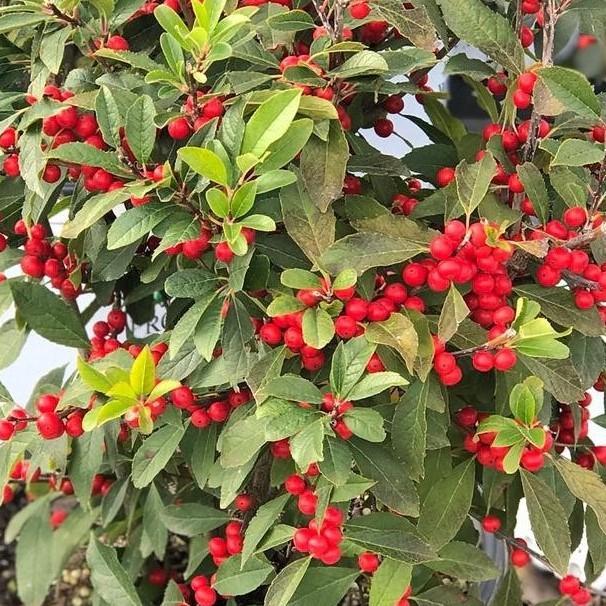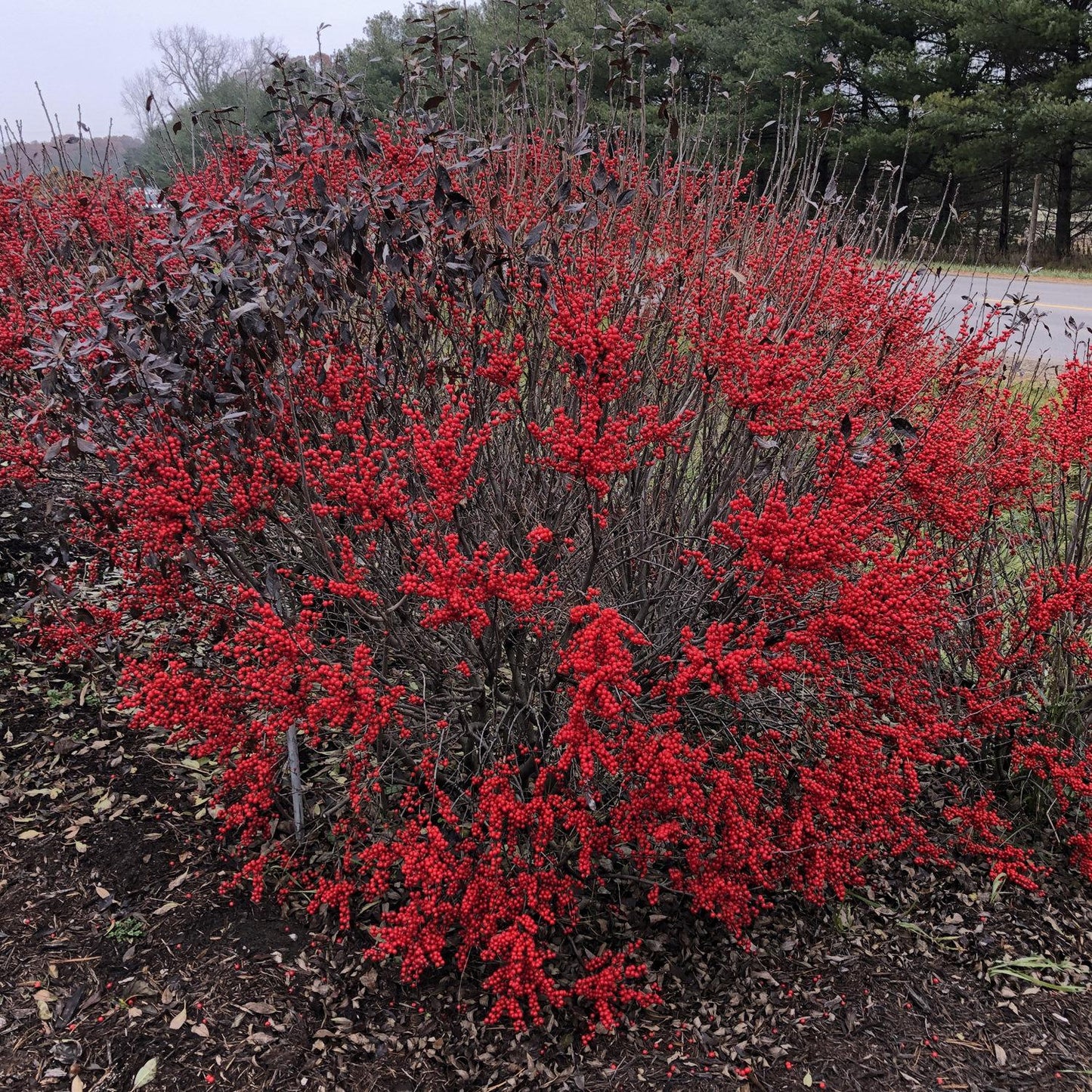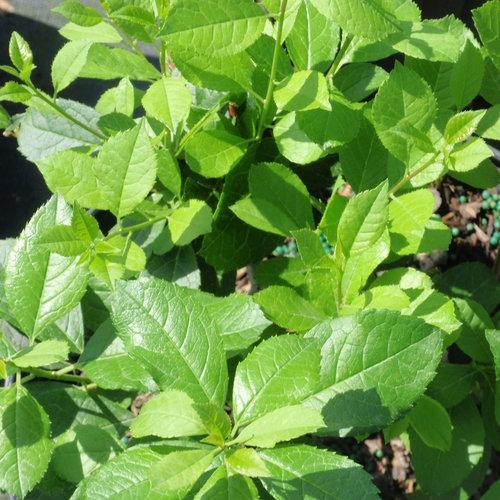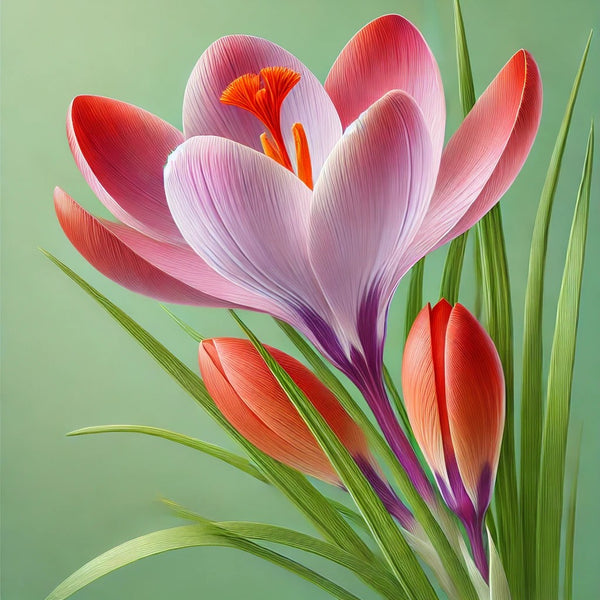1
/
of
29
Berry Poppins Winterberry-Compact Deciduous Shrub-Ideal for Small Gardens 2 Gallon
Berry Poppins Winterberry-Compact Deciduous Shrub-Ideal for Small Gardens 2 Gallon
Regular price
$128.00 USD
Regular price
$166.40 USD
Sale price
$128.00 USD
Unit price
/
per
Shipping calculated at checkout.
SKU:nsd4671-redcrocus
Couldn't load pickup availability
Ilex verticillata 'Berry Poppins'
Description
Ilex verticillata 'Berry Poppins', commonly known as Berry Poppins' Winterberry, is a compact deciduous shrub renowned for its vibrant red berries that persist through winter, providing a striking contrast against the snow. This cultivar is particularly valued for its smaller size, making it ideal for smaller gardens or container planting.
Suggested Uses
This plant is perfect for use in winter gardens, mixed borders, and as a hedge. Its berries are a valuable food source for birds, making it an excellent choice for wildlife gardens. It can also be used in holiday decorations due to its festive berry display.
Plant Details
-
 Botanical Name: Ilex verticillata 'Berry Poppins'
Botanical Name: Ilex verticillata 'Berry Poppins' -
 Common Name: Berry Poppins' Winterberry
Common Name: Berry Poppins' Winterberry -
 Size & Growth: 3-4 feet tall and wide
Size & Growth: 3-4 feet tall and wide -
 Hardiness Zones: 3-9
Hardiness Zones: 3-9 -
 Foliage Type: Deciduous
Foliage Type: Deciduous -
 Bloom Time: Late spring
Bloom Time: Late spring -
 Growth Rate: Moderate
Growth Rate: Moderate -
 Light Requirements: Full sun to partial shade
Light Requirements: Full sun to partial shade -
 Attracts Pollinators: Yes, especially bees
Attracts Pollinators: Yes, especially bees -
 Indoor Friendly: No
Indoor Friendly: No -
 Container Friendly: Yes
Container Friendly: Yes -
 Deer Resistant: Yes
Deer Resistant: Yes -
 Pet Warning: Berries are toxic if ingested
Pet Warning: Berries are toxic if ingested -
 Fragrant: No
Fragrant: No -
 Cut Flower: Yes, branches with berries are decorative
Cut Flower: Yes, branches with berries are decorative -
 Grows Well With: Other Ilex species, ornamental grasses
Grows Well With: Other Ilex species, ornamental grasses
Care Tips
-
 Planting Instructions: Plant in early spring or fall for best results.
Planting Instructions: Plant in early spring or fall for best results. -
 Soil Moisture: Prefers moist, well-drained soil
Soil Moisture: Prefers moist, well-drained soil -
 Soil Type: Acidic, loamy, or sandy soil
Soil Type: Acidic, loamy, or sandy soil -
 Humidity: Tolerates average humidity
Humidity: Tolerates average humidity -
 Pruning Instructions: Prune in late winter to early spring to shape and remove dead branches
Pruning Instructions: Prune in late winter to early spring to shape and remove dead branches -
 Winter Care: Mulch to protect roots in colder zones
Winter Care: Mulch to protect roots in colder zones -
 Planting Depth: Plant at the same depth as in the nursery pot
Planting Depth: Plant at the same depth as in the nursery pot -
 Fertilization: Fertilize in early spring with a balanced fertilizer
Fertilization: Fertilize in early spring with a balanced fertilizer -
 Special Care: Ensure a male pollinator is nearby for berry production
Special Care: Ensure a male pollinator is nearby for berry production
Share
